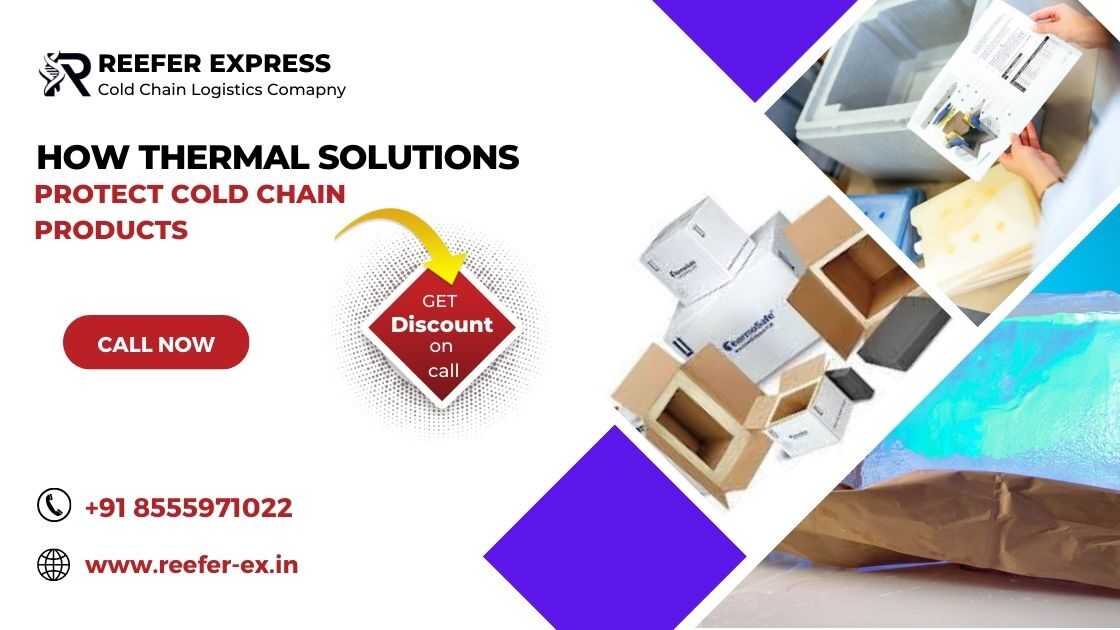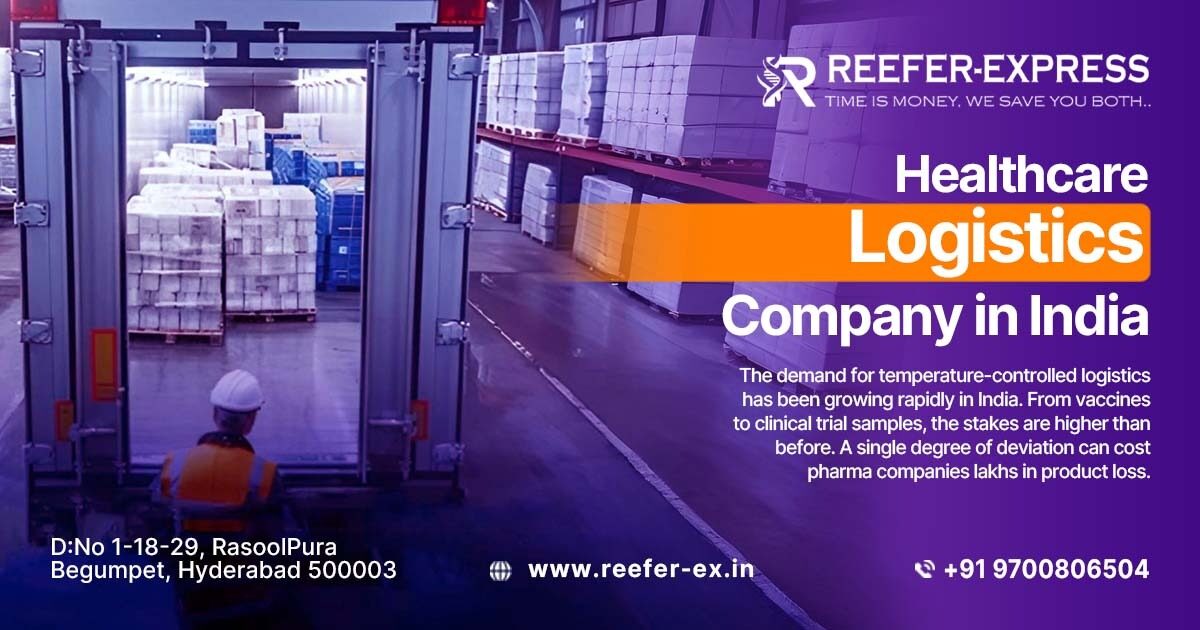Thermal solutions are essential to the cold chain industry, as they help to protect products from extreme temperatures. Smart thermal packaging solutions use innovative designs, and professional application processes so you can be confident in the care of every item on hand or headed out into circulation! There are a variety of thermal solutions available, each with its own benefits.
Insulation
Insulation helps to keep products at a consistent temperature by trapping heat or cold inside the material. This prevents temperature fluctuations that can damage products. Insulation is available in a variety of materials, such as foam, fiberglass, and metal.
Refrigeration
Refrigeration helps to keep products cool by circulating cold air around the product. This helps to prevent spoilage and maintain freshness. Refrigeration is often used in conjunction with other thermal solutions, such as insulation, to provide the best possible protection for products.
Thermal packaging
It is another thermal solution that is becoming increasingly popular in the cold chain industry. Thermal packaging helps to protect products from extreme temperatures by providing a barrier between the product and the environment. Thermal packaging is available in a variety of materials, such as paper, plastic, and metal.
The Facts on Active, Passive, and Hybrid Thermal Solutions
Active thermal solutions use energy to maintain a constant temperature, while passive thermal solutions rely on the product’s natural insulation properties to keep it cool. Hybrid thermal solutions use a combination of both active and passive cooling technologies.
Active Thermal Solutions: Active thermal solutions use energy to maintain a constant temperature. This can be done through the use of refrigeration, air conditioning, or heating. Refrigerated containers use compressors and coolants to keep products chilled. Air-conditioned storage units use fans and evaporative cooling to maintain a constant temperature. Heated shipping containers use electrical resistance heaters to raise the temperature of the contents.
Passive Thermal Solutions: Passive thermal solutions rely on the product’s natural insulation properties to keep it cool. This can be done through the use of insulation, phase-change materials, or cooling gel packs. Insulated containers use materials such as foam or fiberglass to trap heat inside the container. Phase-change materials change from a solid to a liquid at a specific temperature, absorbing heat in the process. Cooling gel packs are filled with a gel that freezes at a lower temperature than the product, absorbing heat as it melts.
Hybrid Thermal Solutions: Hybrid thermal solutions use a combination of both active and passive cooling technologies. These systems typically use refrigeration to maintain a constant temperature, while also using insulation or phase-change materials to keep the contents cool.
The Benefits of Thermal Solutions
Thermal solutions offer a number of benefits, including:
Maintaining product quality and shelf life: Thermal solutions help to maintain the quality of products by keeping them at a constant temperature. This can extend the shelf life of products and prevent spoilage.
Preventing foodborne illness: Thermal solutions can prevent the growth of bacteria and other microorganisms that can cause foodborne illness.
Keeping products chilled during transport and storage: Thermal solutions help to keep products chilled during transport and storage, preventing temperature extremes that can damage the product.
Reducing energy costs: Thermal solutions can reduce energy costs by using less energy to maintain a constant temperature.
Improving product safety: Thermal solutions can improve product safety by preventing temperature extremes that can cause injuries or illness.
Thermal solutions are an important part of the cold chain and play a vital role in protecting products from temperature extremes. These solutions
Top Trends Driving Thermal Solutions Packaging
The thermal solutions packaging market is expected to grow in the coming years due to a number of factors, including:
Increasing demand for temperature-sensitive products: The demand for temperature-sensitive products, such as pharmaceuticals and food, is expected to increase in the coming years. This increase in demand will drive growth in the thermal solutions packaging market.
Advances in technology: advances in technology are expected to lead to the development of more efficient and effective thermal solutions packaging products. This will result in increased demand for these products.
Stringent regulations: Stringent regulations governing the transport and storage of temperature-sensitive products are expected to drive growth in the thermal solutions packaging market.
The thermal solutions packaging market is expected to grow in the coming years due to a number of factors, including the increasing demand for temperature-sensitive products, advances in technology, and stringent regulations.
Choose Reefer Express for Thermal packaging solutions
Reefer Express is a leading provider of thermal packaging solutions. We offer a wide range of products, including insulated shipping containers, cooling gel packs, and phase-change materials. Our team of experts can help you select the right products for your needs and provide guidance on proper storage and handling procedures. Contact us today to learn more about our thermal packaging solutions.






